Did you know that arctic regions boast eight unique seasons instead of the usual four? Lapland dances to its own beat, and between spring, summer, autumn and winter there are four other periods that clearly stand out from other seasons with their own characteristics.
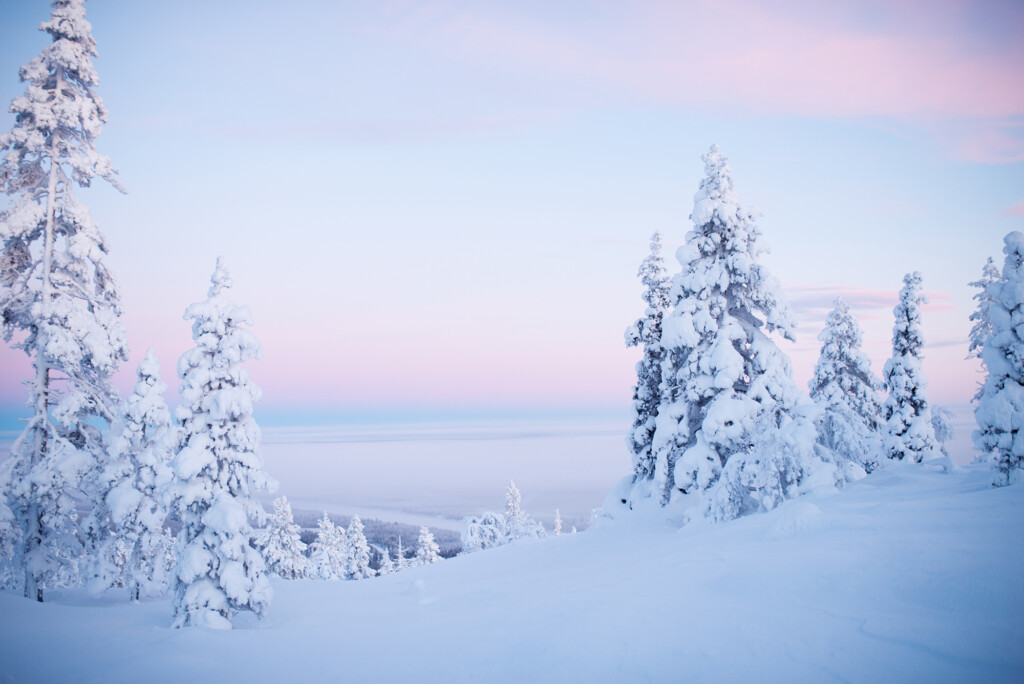
Winter
Five weeks of polar night envelop Lapland, offering only little daylight. In the dead of winter, nature rests. After the winter solstice, the days start to get longer again.
January and February are frosty months, when the temperature can drop to as low as minus 30 degrees. However, the days are getting longer faster and faster, and the wait for spring can begin.
Late Winter
Days grow longer in March, with the vernal equinox balancing daylight and darkness — Night and day are the same length everywhere on Earth, 12 hours each.
The best weather for outdoor activities arrives in April: snow warmed by the sun during the day hardens at night, making it perfect for skiing or snowshoeing.
Spring
The first signs of spring include the melting of snow, the departure of ice and the spring floods that follow.
When the waters are released, migratory birds start to arrive in abundance and the first reindeer fawns are born in early May.
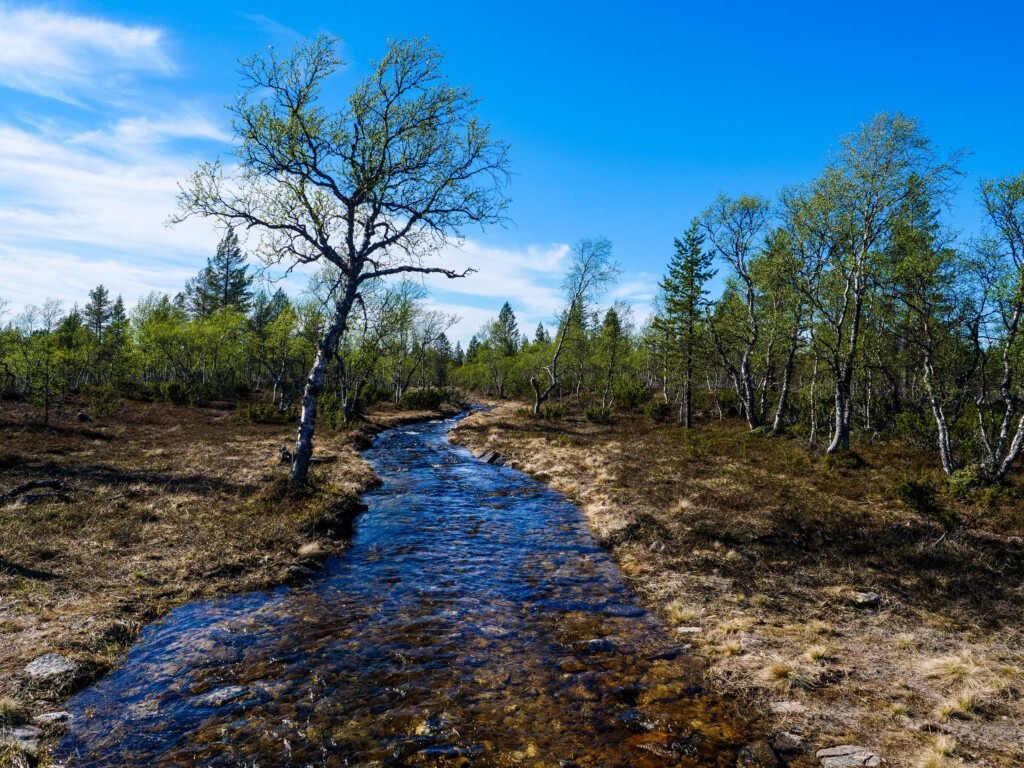
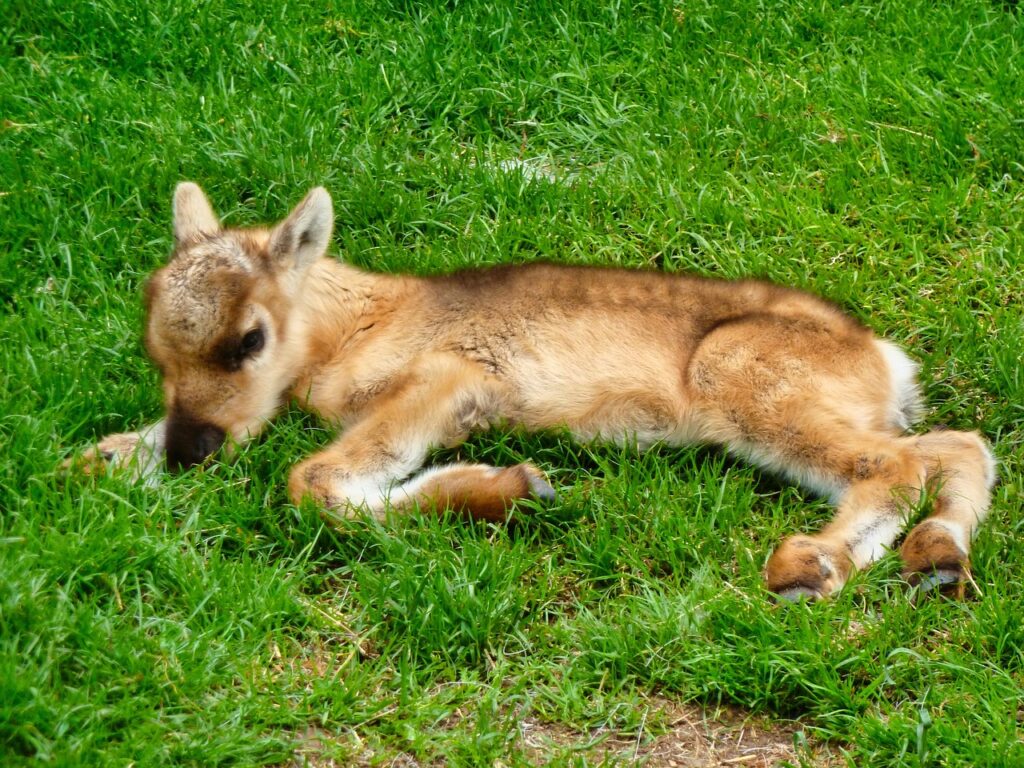
Early Summer
A nightless night is a specialty of the Arctic region: The sun shines around the clock and it’s hard to tell what time it is. For some, the constant daylight makes it difficult to get sleep.
In early summer, there can still be a cold snap, when the temperature can drop to minus degrees. If it happens at the worst possible time, it can ruin the year’s berry harvest.
Summer
The arctic summer is short but intense, and all growth must happen quickly. The first mushrooms can be picked already in June, when the false morel ripens.
Midsummer brings the first hordes of insects. It is a particularly difficult time for the reindeer, which prefer to move up to the fells to protect themselves from the bloodsucking pests.
Late Summer
Most of the berries ripen in late summer, and the first birds begin their migration south.
The nights are slowly getting darker and darker. In August, we already experience the first frosts, when the temperature briefly drops to minus at night.
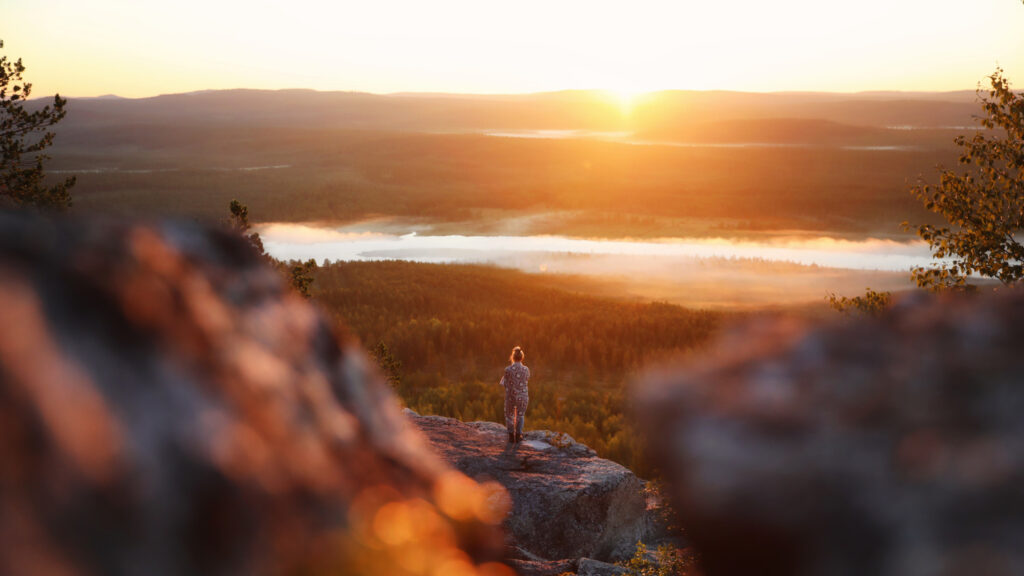
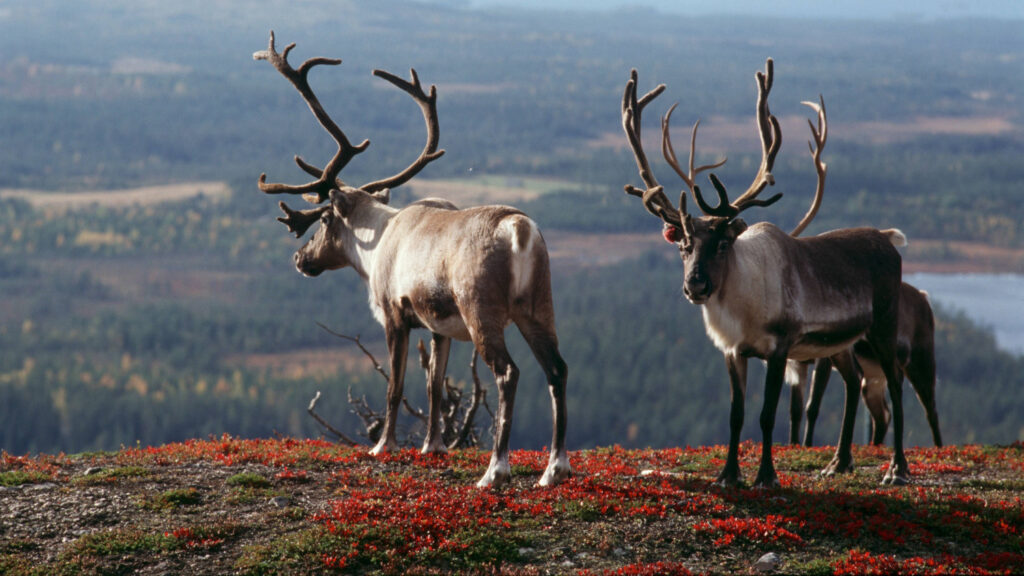
Autumn
The amount of daylight is decreasing faster and faster. It makes plants and animals prepare for the approaching winter. Night frosts make the leaves of the trees shine in glorious autumn colours.
This is also the time of year when the Northern Lights season begins.
Early Winter
Temperatures plummet, snow blankets the landscape, and many creatures big and small trade their summer coats for winter camouflage.
The end of November introduces the polar night, and the sun no longer rises above the horizon.
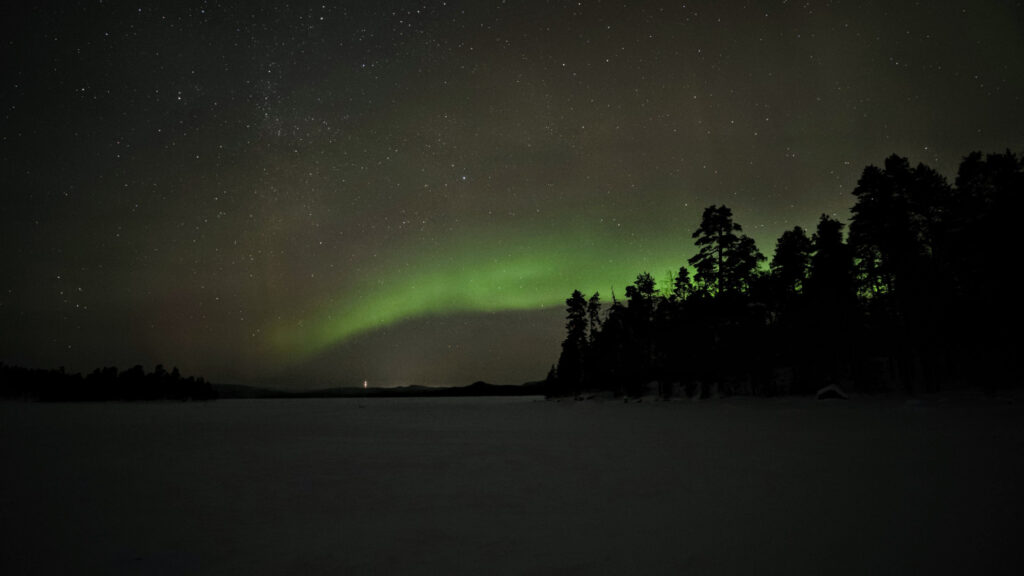
Seeking an authentic Lapland experience? We’re ready to help you do it right, with tours that run in winter and summer, and give you a firsthand taste of Lapland’s best. Get in touch today to learn more!